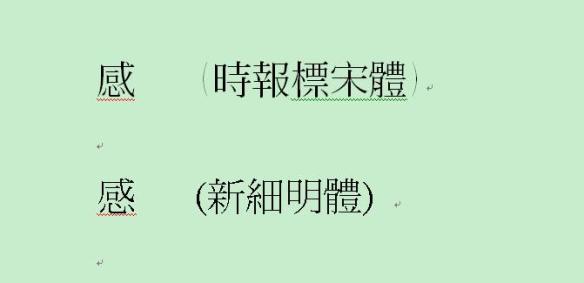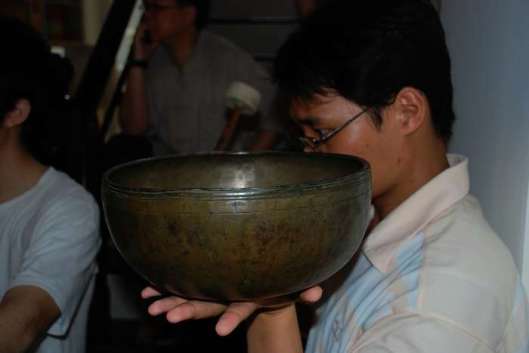I started a collection of variants some time ago on Google Docs, but I gradually forgot about it – would be happy to hear from anyone about variants they have discovered in their language learning process.
| Strokes (Original) | Standard Form Character | Variant | pinyin | 倉頡碼 | Unicode | Note |
| 3 | 以 | 㠯 | yi3 | unknown | u382f | Classical only |
| 5 | 冉 | 冄 | ran3 | 月一一 | u5184 | |
| 8 | 姐 | 姊 | jie3 | 女中x竹 | u59ca | |
| 10 | 挽 | 輓 | wan3 | 十十弓日山 | u8f13 | |
| 10 | 笑 | 咲 | xiao4 | 口廿大 | u54b2 | |
| 10 | 鬥 | 鬭、鬬、閗 | dou4 | 中弓口一中、中弓月一中、中弓卜十 | U9B2D, u9b2c, u9597 | found in 齊物論 |
| 12 | 普 | 暜 | pu3 | 卜廿日 | u669c | |
| 13 | 群 | 羣 | qun2 | 尸口廿手 | u7fa3 | |
| 14 | 褒 | 闁 | bao1 | 日弓日弓 | u95c1 | |
| 15 | 鋪 | 舖 | pu4 | 人口戈十月 | u8216 | 4th tone 鋪 only – both written 鋪 in classical, later 舍 replaced 金 as it reflected the noun’s meaning more accurately |
| 15 | 璇 | 璿 | xuan2 | 一土卜月山 | u74bf | |
| 17 | 斂 | 歛 | lian3 | 人人弓人 | u6b5b |
Comment below!



